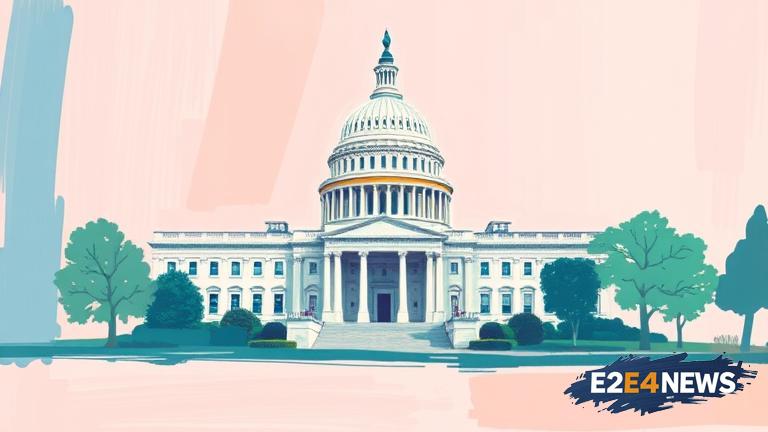The advent of digital technology has ushered in a new era of transparency in state government, with public tools playing a pivotal role in this transformation. By leveraging these tools, citizens can now access a vast array of information, from government spending and budget allocations to legislative proceedings and policy decisions. This increased transparency has far-reaching implications, enabling citizens to make informed decisions and participate more meaningfully in the democratic process. One of the primary benefits of these public tools is the ability to track government expenditures, allowing citizens to monitor how their tax dollars are being utilized. This level of fiscal transparency helps to prevent corruption and ensures that government funds are being allocated efficiently. Furthermore, public tools provide citizens with real-time updates on legislative activities, enabling them to stay informed about key policy debates and decisions. This heightened level of engagement has the potential to foster a more participatory and inclusive democracy, where citizens are empowered to contribute to the decision-making process. In addition to promoting transparency, public tools also facilitate greater accountability within state government. By providing citizens with access to information on government performance and outcomes, these tools enable them to evaluate the effectiveness of policies and programs. This, in turn, helps to drive improvements in public services and ensures that government agencies are working in the best interests of citizens. The development of public tools has also been driven by advances in data analytics and visualization, which have enabled governments to present complex information in a clear and intuitive manner. This has made it easier for citizens to navigate and understand government data, facilitating a more informed and engaged citizenry. Moreover, public tools have the potential to bridge the gap between citizens and government, fostering a more collaborative and responsive approach to governance. By providing a platform for citizens to engage with government, these tools can help to build trust and promote a sense of ownership and participation. The impact of public tools on state government transparency is not limited to the United States, as countries around the world are also leveraging these technologies to promote openness and accountability. In fact, many governments are now recognizing the importance of transparency in promoting good governance and are investing heavily in the development of public tools. As the use of public tools continues to expand, it is likely that we will see even greater levels of transparency and accountability within state government. This, in turn, will help to drive improvements in public services, promote citizen engagement, and foster a more inclusive and participatory democracy. The future of state government transparency looks bright, with public tools playing a vital role in shaping a more open, accountable, and responsive system of governance. In conclusion, the advent of public tools has revolutionized the way citizens interact with state government, promoting transparency, accountability, and participation. As these tools continue to evolve and improve, it is likely that we will see even greater levels of openness and engagement, ultimately leading to a more democratic and responsive system of governance. With the continued development and refinement of public tools, citizens can expect to see even more innovative solutions emerge, further enhancing the transparency and accountability of state government. The potential of public tools to transform state government is vast, and it will be exciting to see how these technologies continue to evolve and shape the future of governance. Ultimately, the impact of public tools on state government transparency will depend on the willingness of governments to embrace these technologies and prioritize openness and accountability. As citizens, it is essential that we continue to advocate for greater transparency and accountability, leveraging public tools to promote a more inclusive and participatory democracy.
